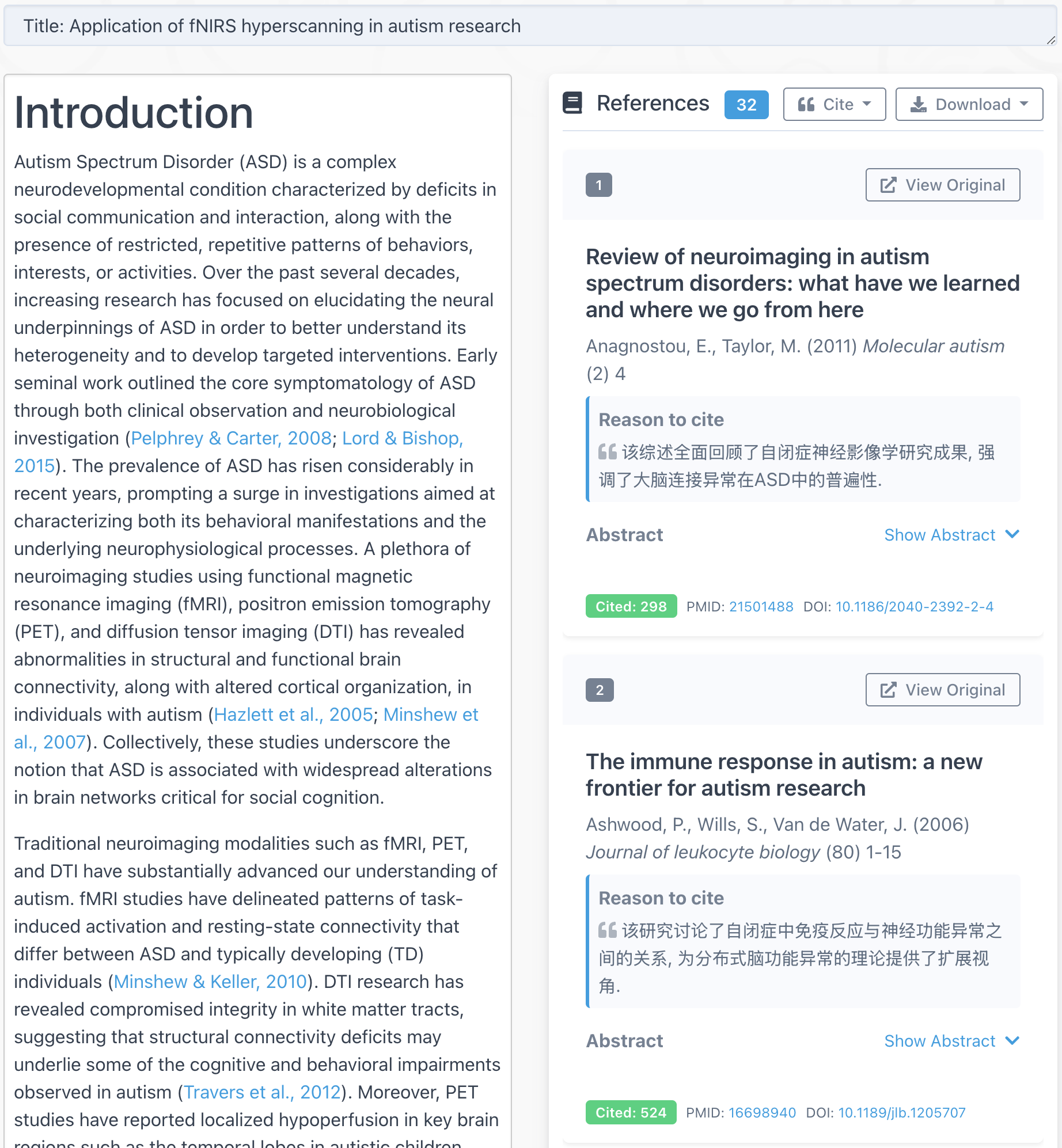Last update: 2012/09/04
An image file can be saved in different formats such as uint8 or int16, etc, based on different number of bytes used for each voxel. How to convert between them? Here is one solution using SPM functions (no need SPM’s interface). Assume img1.img is the original image with datatype int16, img2.img is the file you want to create with datatype uint8.
V=spm_vol('img1.img');
disp(V.dim); %you will find the last element is 4 in SPM2
V2=V;
V2.fname='img2.img';
V2.dim(4)=2;
M=spm_read_vols(V);
spm_write_vol(V2, M);
Explanation:
Variable V.dim is a 1×4 vector. The first three are number of voxels (or dimensions) along x,y and z direction. The last element (4th) is the number of bytes used for each voxel and it is this variable we want to change.
Note: If you are using SPM5 or SPM8, then the data type information is in V.dt
V=spm_vol('img1.img');
disp(V.dt); %for SPM5 and SPM8
V2=V;
V2.fname='img2.img';
V2.dt=[2 0];
M=spm_read_vols(V);
spm_write_vol(V2, M);
I myself find the following 3 SPM functions are extremely useful and use them a lot:
V=spm_vol('img1.img'); % read header information of an image file
M=spm_read_vols(V); % read the data (voxel intensity) from an image. The result is a 3D matrix with each point corresponding to a point in brain.
spm_write_vol(V2, M); % write data to an image file.
Check out here to see how to convert images with different formats (e.g. ANALYZE, Nifti, DICOM etc)



If I’m not mistaken that’s only true for SPM2. For SPM5 and SPM8 the field ‘dim’ has only three entries and the first entry of the field ‘dt’ carries the information about the data type.
@Martin
Thanks a lot, Martin!